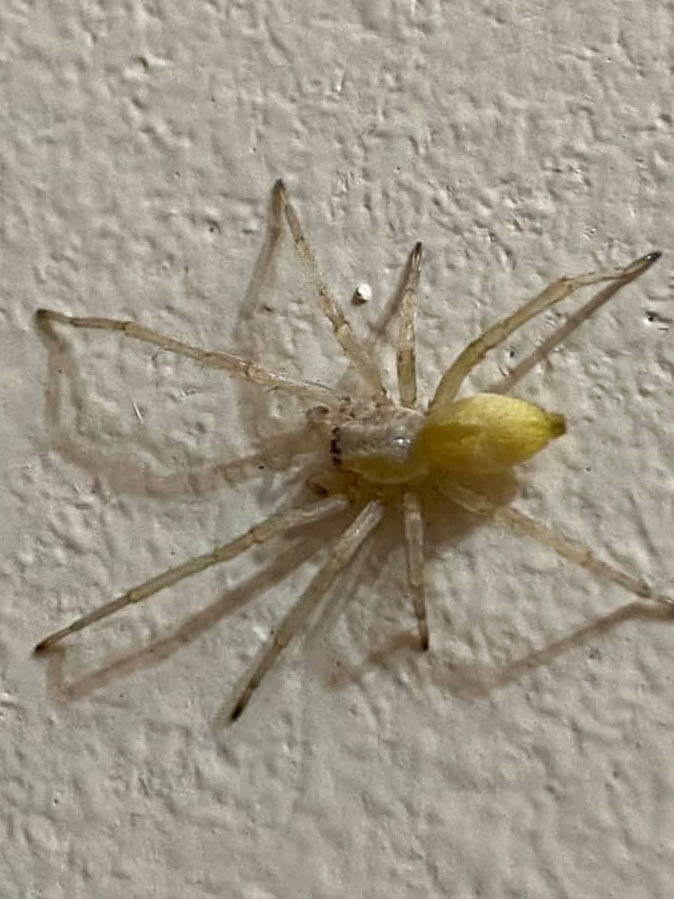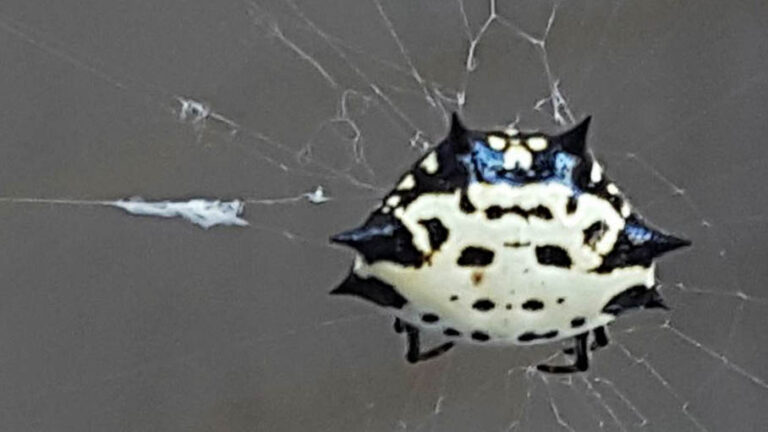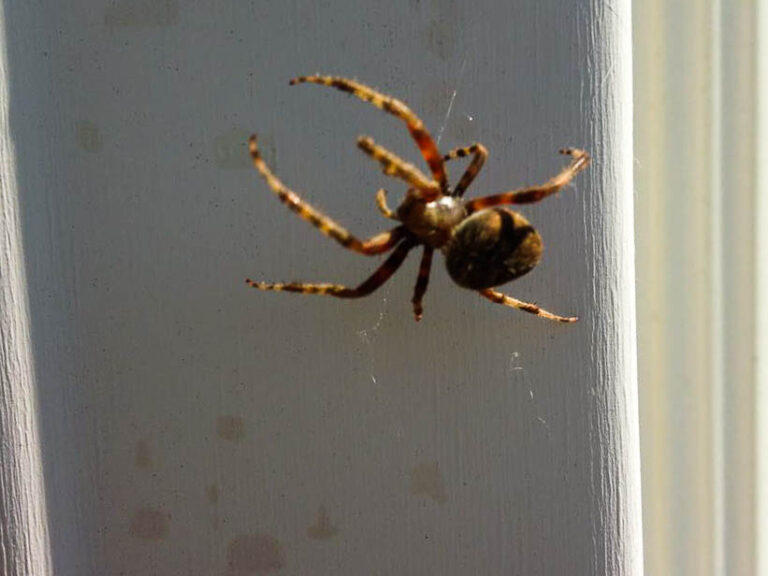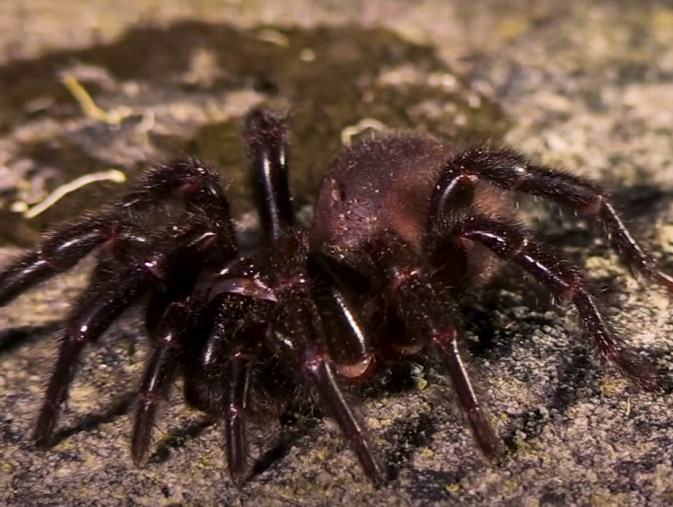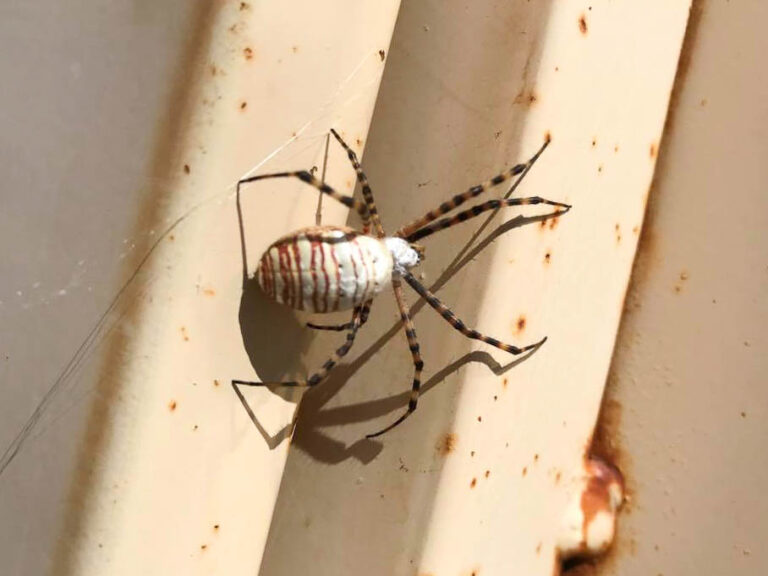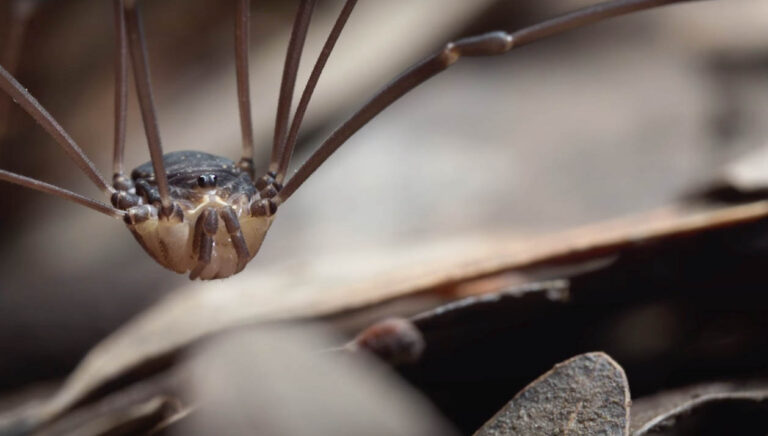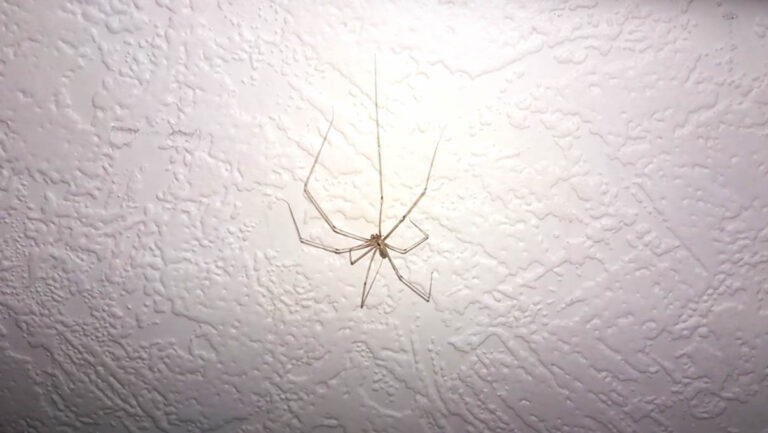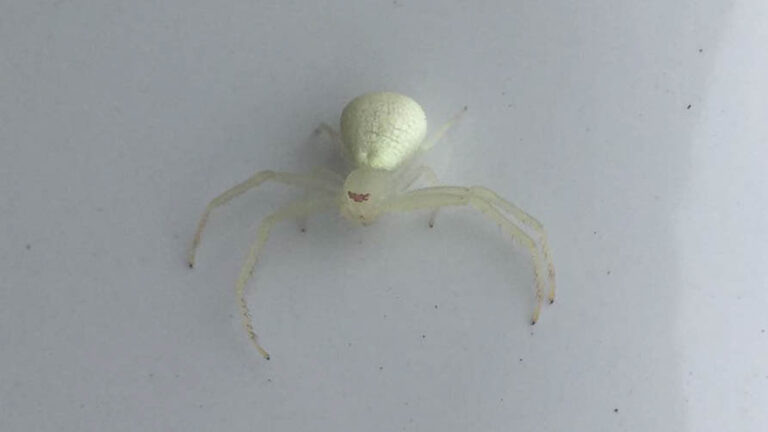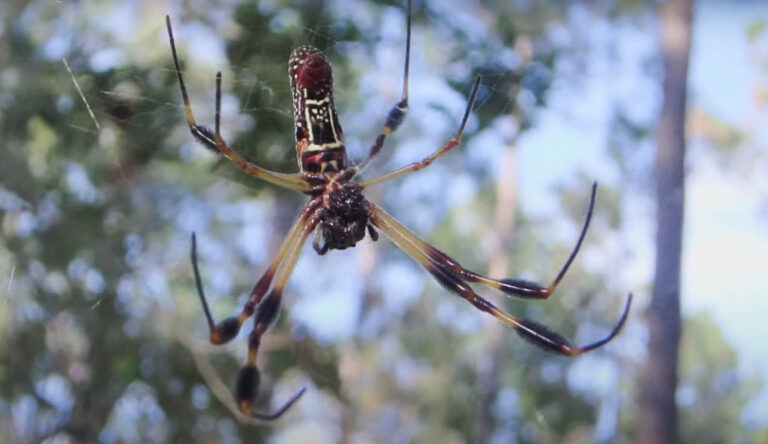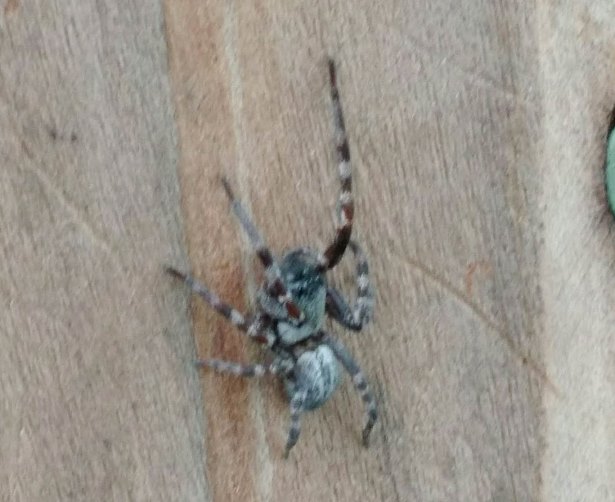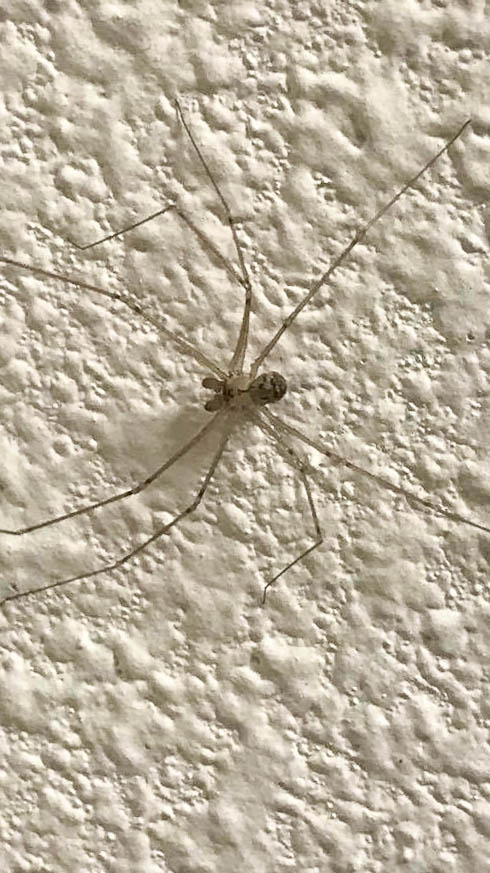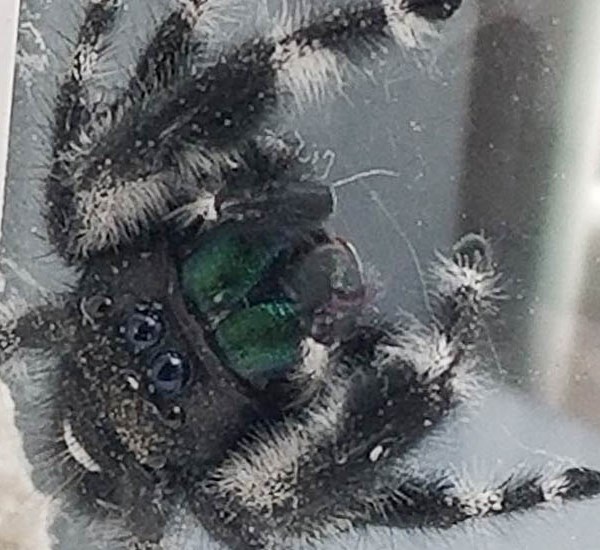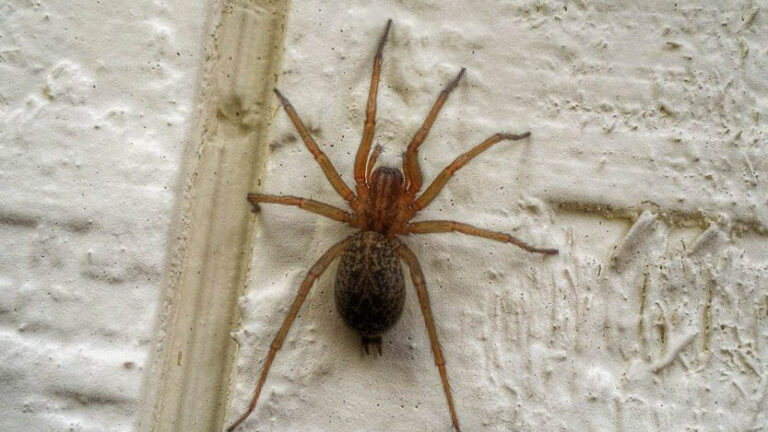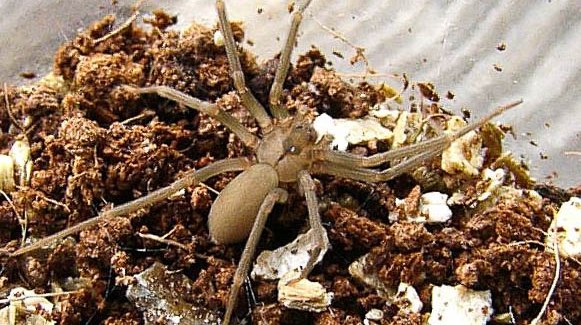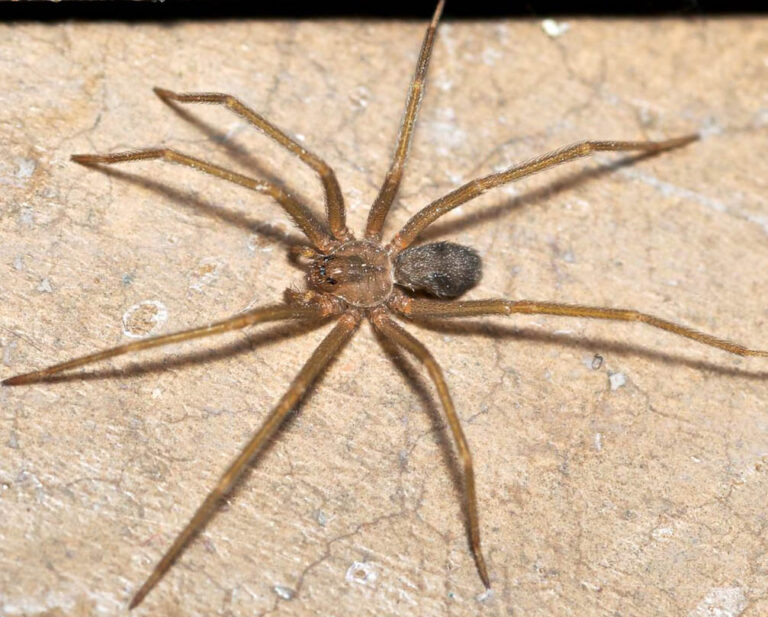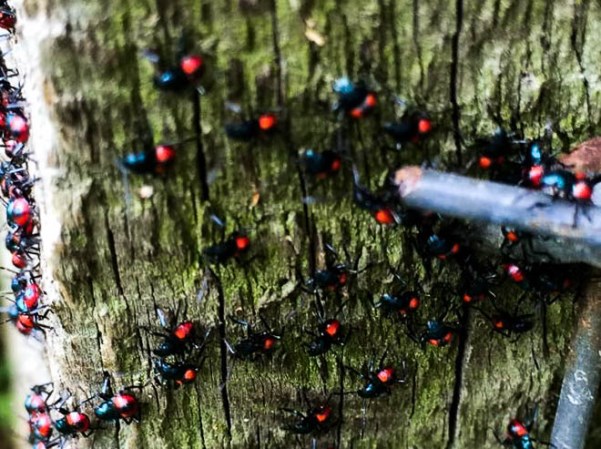About Tarantula Spiders
About Tarantula Spiders
Tarantula spiders are large hairy spiders belonging to the Theraphosidae family. This family comprises of close to 1000 different identified species. These arachnids are also known as the hairy spiders due to the hairs covering their bodies.
Appearance
These invertebrates have a body comprised of two main parts; the abdomen and the cephalothorax. The pregenital somite or the pedicel connects these parts. Most species have bodies measuring from 5 to 100 mm and legs spanning from 8 to 30 cm, or 3 to 12 inches, on average. The larger tarantulas weigh in at over 85 grams or 3 oz.
The heaviest recorded tarantula spider weighed 170 grams or 6 oz. and had legs stretching up to 30 cm or 12 inches long. Generally, male tarantulas are more extended than females. These spiders also bear fangs, often reaching sizes of up to 3.8cm.
Tarantulas often have eight segmented legs with two additional pairs of appendages. Each leg has around two to three retractable claws to help anchor the spider firmly on the ground when hunting or climbing trees. This species usually has two to four flexible, hollow spinnerets.
The majority of tarantulas, especially those found in North America, are brown. There also exist species with different colors such as cobalt blue, yellowish, and even orange.
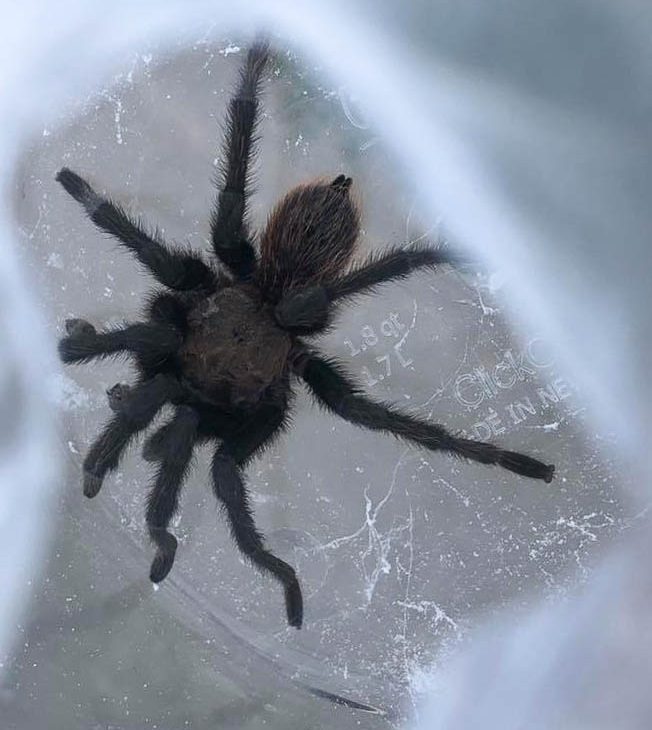
Behavior
Some tarantulas prefer hunting on the ground while others hunt prey on the trees. The spiders often shelter in burrows on the ground. These burrows are lined with silk for enhanced stability and eased movement by the spiders.
Tarantulas are photophobic. Therefore, they hunt only in darkness. These carnivorous creatures primarily feed on large insects such as millipedes and centipedes, and other arthropods. This species is a very efficient hunter skilled in ambushing prey before injecting it with venom from its hollow fangs.
Male tarantulas spin a silk web where they lay their sperm. The males then use their pedipalps to absorb the semen later deposited into the female’s reproductive organs during mating.
Life Cycle
Tarantulas will periodically shed off their exoskeletons to grow. This growth process is known as molting, and young spiders may repeat it several times in a year, to attain maturity. These spiders are most aggressive during the molting process. Females will molt throughout their lives, but the males cease the process once they’ve reached adulthood. On average, most tarantulas live for about 2 to 5 years before reaching full maturity. Males embark on a mission to find a suitable mate right after reaching maturity.
Habitat
Tarantulas are found in almost all warm continents but are common in South America. They usually inhabit the savanna, rainforests, mountains, deserts, cloud forests, and even scrublands. The species prefers to live in burrows. However, similar to other spider species, Tarantulas spin webs with silk—though not for catching prey.
Are Tarantula Spiders Harmful?
When threatened, the spider raises its prosoma while lifting its front legs. It also extends and spreads its fangs while producing a loud, hissing sound. The spiders use their urticating hairs to defend themselves from predators and rivals alike.
All tarantula spider species are venomous, and their bites may cause serious pain and discomfort that may persist for days. The venom from some species has been reported to cause hallucinations and severe muscle cramps. If you get bitten, you’re advised to visit a physician immediately.
Common medical remedies for tarantula bites include the use of magnesium or benzodiazepines. The spider’s fangs are also likely to inflict puncture wounds that may require antibacterial medication to prevent infection.
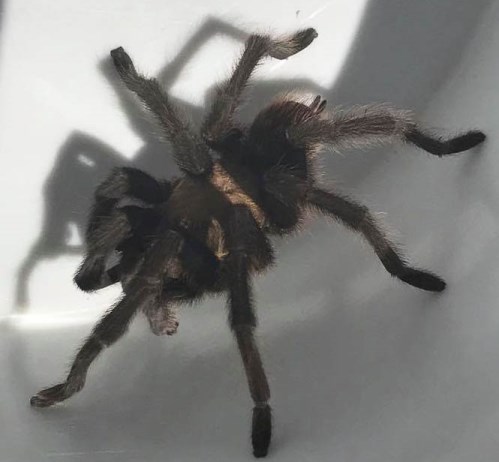
How to Control Tarantula Spiders
The best tarantula control measures include strategically placing glue spider boards or traps to catch these unwelcomed visitors. Alternatively, sprinkle chemical powders at any suspected tarantula entrance to prevent more spiders from entering your premises. Similarly, the use of liquid spray with the formulation of Bifenthrin or Cypermethrin works wonders in the complete elimination of spiders. These chemical pesticides should be sprinkled on the tarantula’s body direct as some are known to resist chemicals. On the contrary, egg sacs can’t be killed by sprays; they should be swept and killed outside in the open.

